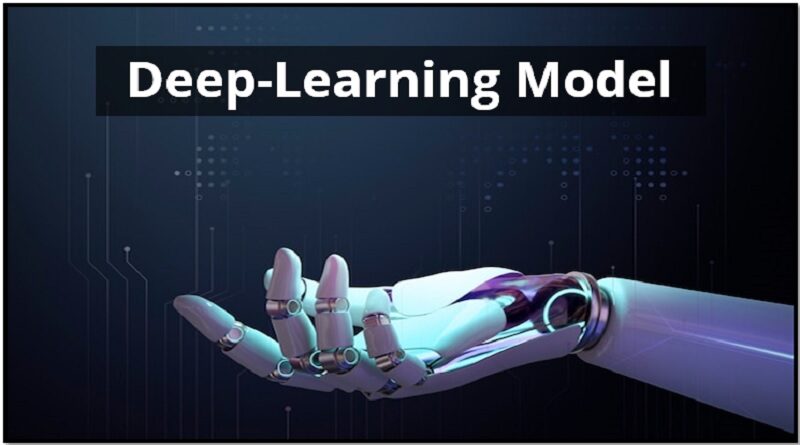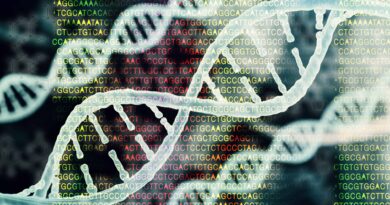Deep-Learning Model Assists Researchers in Obtaining Useable EHR Data
Researchers from MIT reported how a deep-learning model helped clean up her data, resulting in information extraction and more precise assessments of patient data, with the aim of developing a more effective technique of interpreting clinical notes.
EHRs have a special place in the healthcare industry and help physicians in a number of ways. According to a press release, the US government decided to promote the use of EHRs ten years ago because it thought that these tools would improve patient care.
Although promoting EHR use was intended to reduce provider workloads, it soon became apparent that the information contained in EHRs is frequently disorganised and replete with jargon and acronyms that many people find difficult to understand.
MIT researchers took action as a result of this problem and the desire to develop a single model to extract information that can function well across hospitals and learn from small amounts of labelled data. The researchers, who are associated with MIT’s Computer Science and Artificial Intelligence Laboratory (CSAIL), thought large language models could effectively extract and analyse EHR data. Therefore, they carried out those tasks using a model in the GPT-3 style.
“It’s challenging to develop a single general-purpose clinical natural language processing system that will solve everyone’s needs and be robust to the huge variation seen across health datasets. As a result, until today, most clinical notes are not used in downstream analyses or for live decision support in electronic health records. These large language model approaches could potentially transform clinical natural language processing.”
David Sontag, PhD, MIT professor of electrical engineering and computer science and principal investigator in CSAIL and the Institute for Medical Engineering and Science
Large language models (LLMs), such as GPT-3, are being used more frequently by researchers to clean data by expanding jargon and acronyms and recognising drug regimes. A sample dataset was produced by the MIT team to assess how well LLMs performed in extracting data. They discovered that these models could expand acronyms within data without any labels with 86 percent accuracy.
According to a press release, the GPT-3, the model that the team used, operates by receiving a clinical note input and producing a “prompt,” which is a question about the note that the system responds to. Personalized clinical recommendations may be made possible by this data extraction and cleaning.
Prior work has shown that these models are sensitive to the prompt’s precise phrasing. Part of our technical contribution is a way to format the prompt so that the model gives you outputs in the correct format,”
Hunter Lang, a PhD student at CSAIL and author on the paper, in the press release.
The team also plans to add methods for quantifying model uncertainty, expand the model to include languages other than English, and work to replicate the results using open-source models.
“AI has accelerated in the last five years to the point at which these large models can predict contextualized recommendations with benefits rippling out across a variety of domains such as suggesting novel drug formulations, understanding unstructured text, code recommendations or create works of art inspired by any number of human artists or styles,”
arminder Bhatia, head of machine learning for low-code applications leveraging large language models at AWS AI Labs, in the press




